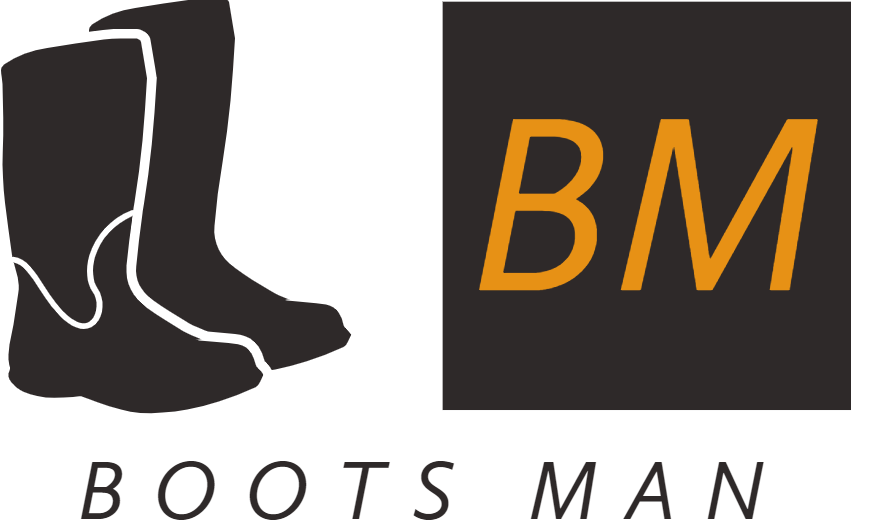Are you in need of work boots that provide the best support and cushioning for high arches? If so, you have come to the right place.
This guide will provide tips and tricks on how to find the perfect pair of work boots for your feet, ensuring that you are comfortable throughout your day!
When it comes to selecting work boots for high arches, your primary goal should be to find a pair that offers the right support and cushioning. High arches can cause instability, not to mention foot fatigue and pain. That’s why it’s important to find a comfortable pair of boots that help stabilize your feet. The best work boots for high arches are ones with adequate arch support and cushioning, as well as flexible uppers and durable outsoles.
In this guide, we’ll cover everything you need to know when shopping for work boots for high arches: from the different types of boots available to what features you should look for. So let’s get started!
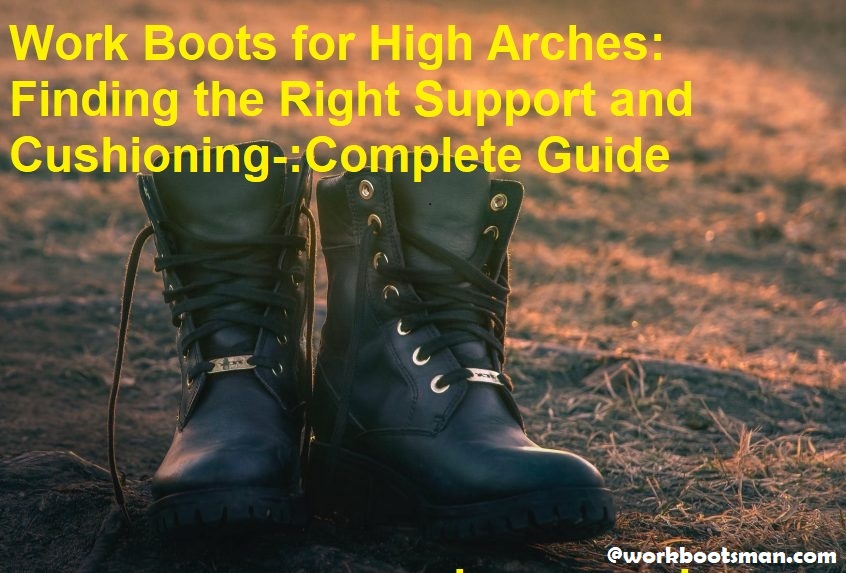
Brief explanation of high arches and why they require special attention when it comes to work boots
Having a high arch can cause discomfort when wearing certain types of shoes or boots. This is because the extra support required to accommodate your foot shape and size can be difficult to find. While some regular, everyday shoes may offer adequate support, if you are working in special conditions such as a construction site, it is important to consider your foot type when purchasing boots.
When it comes to work boots for high arches, there are two main aspects to consider: cushioning and support. Cushioning helps protect your feet against impact and jarring, while arch support can help stabilise the ankle and mitigate excessive rolling of the feet when standing or walking on uneven surfaces. It is important that you look for footwear that offers both cushioning and sufficient arch support suitable for your foot type.
Providing you take both comfort and protection into consideration when selecting your new shoes or boots, working with a high arch should not be an issue – no matter what kind of working conditions you find yourself in.
Understanding High Arches
High arches, also known as cavus, can cause foot pain and instability if regular shoes are worn without proper support. People with high arches usually need more cushioning than those with normal or low arches. It is important to take time to understand the structure of your foot and identify your arch type in order to find the right work boot that provides adequate support and cushioning.
The structure of your foot is composed of a combination of bones, ligaments, muscles, nerves and tendons. The arch is formed by the tarsal and metatarsal bones and supported by ligaments, which connect the bones together. This strong connection provides stability for walking and running.
High arches are characterized by a tall arch that spreads wide across the sole on the inside of your feet. The tall arch creates a raised surface along the entire length from toe to heel when you look at your foot from the side. When you step down onto a hard surface or stand for long periods of time, your feet need extra cushioning since it takes more force before weight can be distributed evenly among all the metatarsal heads in order to reduce pressure in one area.
Definition of high arches
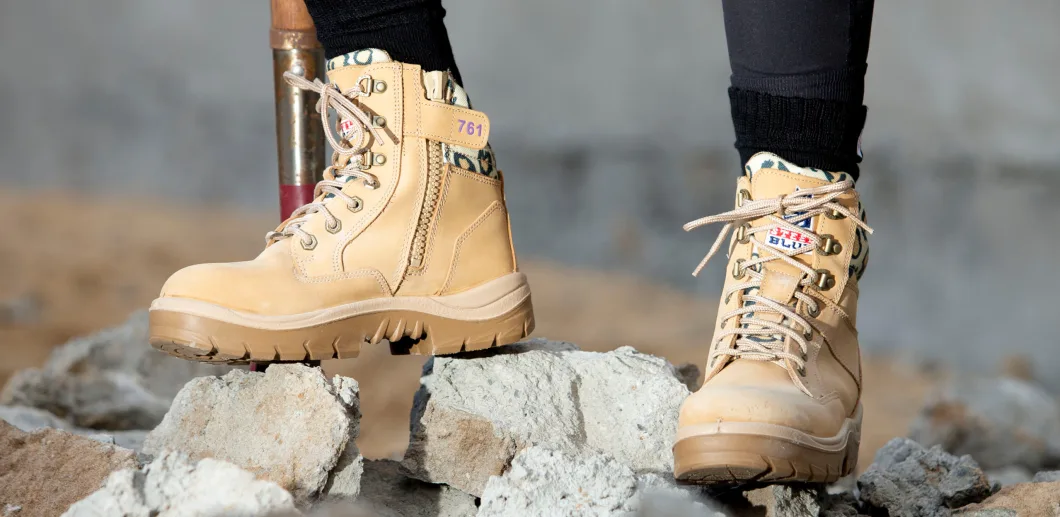
High arches are a condition that affects the structure of the feet. Typically, this involves a foot arch that is noticeably higher than normal. The curve of the arch runs across the entire length of the sole (planta), and even extends outward beyond the base of the toes in more serious cases. This can lead to a number of issues, including pain when walking or standing, as well as pain in other parts of the body due to improper alignment.
For those with high arches, finding a pair of work boots with appropriate support and cushioning is key to preserving foot health and avoiding injury.
Symptoms and causes of high arches
High arches, or cavus foot, is a condition that causes increased pressure on the heels and balls of the feet due to the arch being too high. This can lead to a variety of issues such as pain, tendinitis, overpronation and plantar fasciitis. The root cause of high arches is usually genetic but can be caused by trauma or nerve damage as well. It is important to diagnose and address this condition early in order to prevent long-term complications.
Common symptoms associated with high arches include pain in the heel and arch when standing or walking for extended periods of time. Painful corns may form on top of the foot under the metatarsal bones due to increased pressure from shoes rubbing against them. People with high arches may also exhibit an instability while walking where they seem to be leaning forward while attempting to balance. Poor shock absorption when running may cause shin splints or fatigue more quickly than usual. It is important to take these symptoms into consideration when looking for a good pair of work boots that provide proper cushioning and support for those suffering from high arches.
The impact of high arches on the feet and body
High arches can greatly impact the overall health and well-being of your feet and body. People who have high arches often have difficulty finding the right shoes for their needs, as this condition requires extra support and cushioning. Furthermore, those with high arches tend to put added pressure on their soles, stress other parts of their feet, such as the metatarsals and heel bones, and experience imbalances in their body’s natural stride while walking.
To ease pain levels associated with standing or walking for prolonged periods of time, it is recommended to purchase shoes that provide additional cushioning on the sole corresponding to your arch structure. Work boots engineered specifically for this purpose offer arch support technologies to accommodate high arches and replace worn-out foam midsoles with new designs that include memory foam contours or a midsole shank for further arch support. Further, most work boots are composed of materials that are water resistant or waterproof while offering additional durability when working in humid environments.
It is important to keep in mind that different manufacturers construct boots differently so be sure to read any product description carefully before making your purchase. Additionally, always consult a doctor if you are experiencing any sort of pain related to flat feet or foot deformities such as plantar fasciitis which would require specific treatment depending on severity.
Features of Work Boots for High Arches
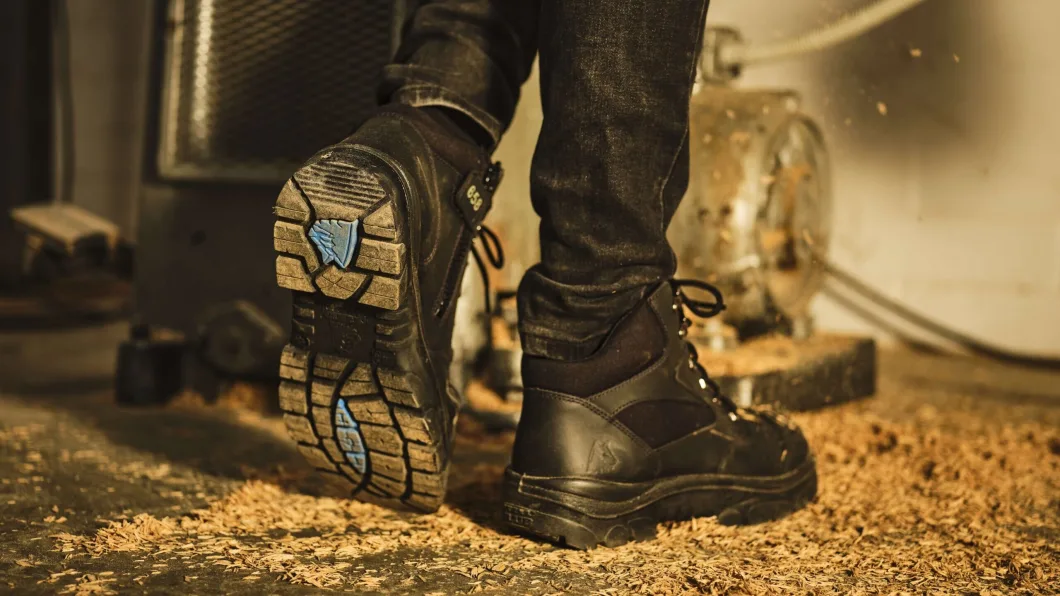
When shopping for work boots that provide adequate support and cushioning for high arches, careful consideration should be given to the features of the footwear. Below are some key features to look out for:
Midsole – Midsole support should be considered when selecting a boot designed for high arches. The midsole of a shoe encompasses the arch and it is essential that appropriate cushioning and support is built into this area. Look out for foam- or gel-based midsoles which will provide extra shock absorption and help to reduce the stress on your feet during longer periods of standing or walking.
Outer Sole – The outer sole will protect against slips and falls, as well as providing additional grip aiding during challenging surfaces such as mud or ice. Look out for rubber-based outsoles which will deliver extra grip on uneven terrain. It is also worth looking into dual-density EVA outsoles, which contain two distinct layers (soft foam in the midsection and firmer foam at the edges), offering additional comfort and shock absorption throughout a difficult working day.
Upper – Upper material should provide enough ventilation so sweat does not build up by trapping moisture inside footwear but also offer enough protection against external elements such as water or scratches from sharper materials used in construction sites. Leather uppers tend to offer more protection than fabric but may not be suitable breathability wise; synthetic fabrics are often lightweight yet very durable too, making them a popular choice among workers needing comfortable yet heavy duty footgear while spending long hours at work sites.
Arch support
Arch support is an important element in finding the right pair of work boots for high arches. The arch of your foot must be properly supported to reduce strain and pain, especially during long shifts and outdoor work where surfaces are uneven.
To find a boot with the proper arch support, look for boots with built-in cushioning that will cradle the arch of your foot and give you additional cushioning and comfort. Additionally, try to select a pair of boots that feature a higher shaft or tongue to help ensure your arches are properly supported by the cushioning in the shoe. Replaceable orthotics can also be added to provide increased cushioning and support through changeable insoles. Choose boots with gel or air-filled cushioning technology, as these types of materials are designed specifically to provide targeted support and extra shock absorption to feet with high arches.
Cushioning
Having a supportive and cushioned sole in your work boots is one of the most important steps to protecting and supporting your feet. Cushioning helps absorb the shock of your stride as you move, meaning much less wear and tear on your body over time. It’s especially important for those with high arches to find cushioned options that provide ample arch support, as it is easy to strain and overextend this type of foot.
When finding the right cushioning for you, examine the midsole material – both what it is made of (more often now EVA foam, polyurethane foam or alternatively gel cushioning) and how thick it is. Depending on the type of activities or terrain you are using them in, or if you require special features like deeper grooves for flexibility or sturdier feet plates for protection on rough terrain, there are many different types of materials available with both advantages and drawbacks. Give yourself ample testdrive time; walk around a store if possible when assessing boots for cushioning comfort so that you can have a sense of how they will move on uneven ground before buying them. EVA foam might give more cushion but lack stability so make sure to try out different combinations until you get a feeling for what offers optimal support for your arch type.
Sole flexibility
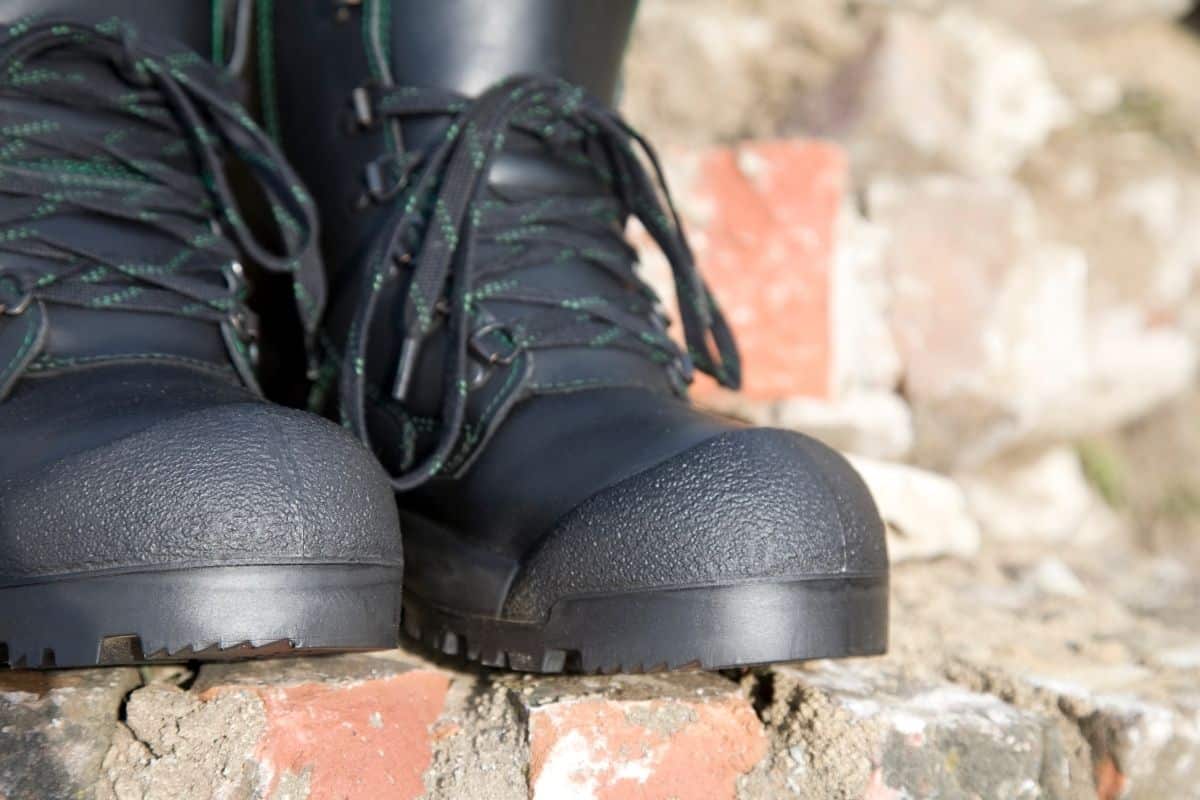
When it comes to work boots for high arches, sole flexibility is important. The soles of your boots should be flexible enough to move with your feet and provide maximum cushioning. Some materials are more flexible than others, so it’s important to research the best materials for sole flexibility and cushioning.
Gore-Tex is a popular material used in work boots and has excellent water-repellant benefits that help keep rain and snow out of the interior of the boot. It is also lightweight, breathable, and offers great support for those with high arches. Another popular choice is Vibram soles which offer superior traction on wet surfaces and benefit those who need extra support due to their high arches.
Some work boots may also feature Ortholitefootbeds which are designed to reduce shock from every step taken by providing an extra layer of cushioning between your feet and the work boot’s sole.
Fit and sizing
Getting the right fit and size in your work boots is essential for making sure they provide the support and cushioning needed for high arches. Finding the perfect fit is easiest when you measure your feet and compare to manufacturers’ sizing charts. Work boot manufacturers often design their sizing differently than casual boot makers so you’ll have to choose the size that fits the work boots instead of what size shoe or sandal you normally wear.
Don’t be fooled by traditional U.S. Men’s sizes, because work boots are sized according to European sizes for a more precise fit. There may also be different width sizes offered in each Euro size, too, which will change slightly from brand to brand as well but should still indicate if most people find that one particular size fits best or not. When buying on-line or over the phone make sure that you read all of this information before making your purchase as it will help ensure that you get the right fit when your work boots arrive!
Material and durability
Material is an important factor to consider when selecting the right work boot for high arches. You need a boot that can withstand frequent use and harsh working conditions. It should also be able to provide a good amount of cushioning and arch support without compromising on comfort and durability.
For superior durability, leather is usually the material of choice as it will provide greater protection against water and other working elements while still offering comfort and flexibility. Full-grain leather is often used as it provides excellent breathability, while providing protection from abrasion, tearing, and puncturing. Nubuck leather (similar to suede) provides additional water resistance with added comfort from the plush feel it offers.
Synthetic materials such as nylon, polyurethane or thermoplastic polyurethane are also great for work boots because they are lightweight yet strong enough to protect against minor abrasions or scuffs which may occur in some working environments. For this reason these materials are also great for safety boots where additional safety features such as toe caps may be required.
Repair kits which enable you to fix any damaged sections of your work boots should you ever require them, can be invaluable in extending the life of your work boots.
Conclusion
In conclusion, finding the right work boots for high arches can be tricky. It’s important to consider your work environment and activities when choosing the right footwear. A good pair of work boots for high arches will provide arch support, cushioning and stability to help you avoid injury and keep your feet comfortable all day long.
Additionally, a well-fitted pair of boots with properly sealed seams will protect your feet from water and chemical damage while providing ventilation to keep them cool. The right fit is key to finding a durable, supportive and comfortable pair of work boots that will last through the toughest jobsite tasks.
FAQ’s
What boots are good for high arches?
Boots with ample arch support are good for high arches.
You need arch support that is firm and contoured to your arch for high arches.
What is the best support for high arches?
Custom-made orthotics or insoles with firm arch support are considered the best for high arches.
What type of shoes should you recommend for high arch foot?
Shoes with good arch support and cushioning are recommended for high arch feet.
Which shoe brand has the highest arch support?
New Balance, Brooks, and Asics are known for having shoes with high arch support.
Do I need arch support if I have high arches?
Yes, arch support is necessary for people with high arches to prevent pain and discomfort.
What are the best men’s work shoes for high arches?
Men’s work shoes with ample arch support and cushioning, such as those from Timberland or Red Wing, are recommended for high arches.
How do you support a high foot arch?
You can support a high foot arch by wearing shoes with ample arch support, using custom-made orthotics, or doing exercises to strengthen the foot muscles.
Do you need special shoes for high arches?
Special shoes with ample arch support and cushioning are recommended for people with high arches.
Do high arches need stability shoes?
Stability shoes are not necessary for high arches, but they can be beneficial for people with other foot issues or imbalances.
See Also :
- Best cold weather work Boots 2023
- Best composite toe work boots 2023
- Best cowboy style work boots 2023
- Best danner work boots 2023
- Best work boots for mechanics 2023
